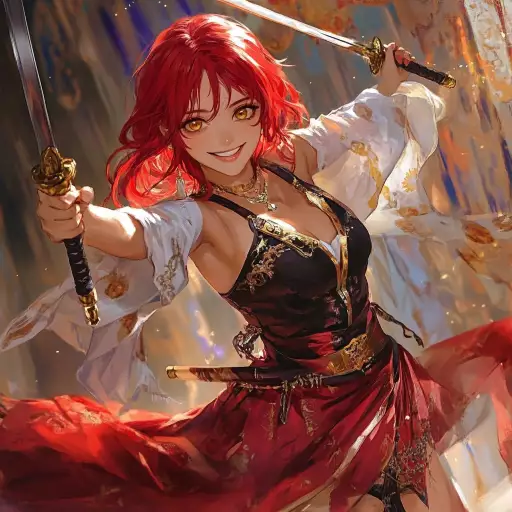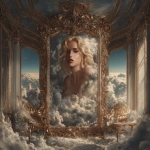Explore the Best AI Image Gallery

Pixels on Your Skin: How AI Image Generation is Transforming Design
The world of design is in constant flux, always evolving with the latest technological advancements. Now, a new frontier has emerged: AI image generation. Powered by sophisticated algorithms, these systems can create stunning visuals from simple text prompts, blurring the lines between human creativity and artificial intelligence. This paradigm shift is already making waves across various design disciplines, from graphic design and advertising to fashion and architecture.
A Creative Powerhouse
AI image generators like DALL-E 2, Midjourney, and Stable Diffusion are opening up a realm of possibilities for designers. They can quickly generate a plethora of visuals based on specific concepts or moods, allowing for rapid prototyping and exploration of different design directions. This not only saves time and resources but also empowers designers to experiment with unconventional ideas and push the boundaries of their creativity.
Imagine a fashion designer sketching out an entire collection in minutes, effortlessly visualizing diverse outfits and patterns. Or consider an architect using AI to generate 3D models of buildings based on intricate descriptions, exploring various architectural styles and functionalities.
Beyond Aesthetics: Applications Across Design Disciplines
The impact of AI image generation extends far beyond generating aesthetically pleasing visuals. Here are just a few examples:
- Graphic Design: AI can create custom logos, illustrations, and marketing materials, tailoring designs to specific brand identities and target audiences.
- Advertising: Generate captivating visuals for campaigns, personalize ads based on user preferences, and even create realistic product mockups.
- Web Design: Develop unique website layouts, generate background images, and design interactive elements with ease.
- Book Covers: Craft eye-catching covers that accurately reflect the tone and genre of a book, attracting potential readers.
- Game Development: Generate in-game environments, characters, and assets, accelerating the development process.
Ethical Considerations: Navigating Uncharted Territory
While the potential benefits of AI image generation are undeniable, its crucial to address the ethical implications that accompany this technology:
- Copyright and Ownership: Who owns the copyright to AI-generated images? Is it the user who provides the prompt, the developer of the AI system, or the AI itself?
- Bias and Representation: AI algorithms are trained on massive datasets, which can contain biases that reflect societal prejudices. This can result in AI-generated images perpetuating harmful stereotypes.
- Misinformation and Deepfakes: The ability to create highly realistic images raises concerns about the potential for misuse, such as creating convincing fake news or manipulating public opinion.
It is essential to establish clear guidelines and regulations to ensure responsible development and deployment of AI image generation technology. Transparency, accountability, and ongoing dialogue are crucial for navigating these ethical challenges.
The Future of Design: A Collaborative Landscape
The future of design lies in a collaborative partnership between humans and AI. AI image generation tools will continue to evolve, becoming more sophisticated and intuitive. Designers will leverage these tools to enhance their creative process, augment their skills, and explore uncharted territories.
Rather than replacing human creativity, AI will act as a powerful catalyst, empowering designers to achieve new heights of innovation and expression. The key lies in embracing this technological advancement responsibly, fostering ethical practices, and ensuring that AI serves as a tool to elevate the creative potential of humanity.
